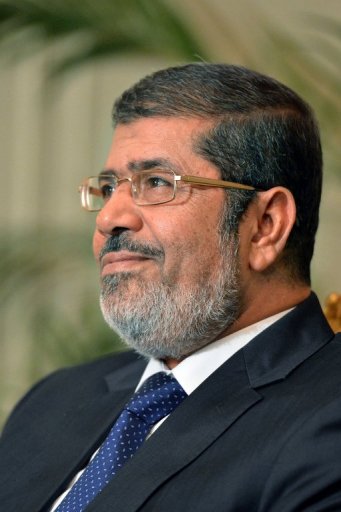SOUTH SINAI/CAIRO: The water is a deep blue and inviting. The moon rises over Saudi Arabia as the sun sets over Egypt. The beach huts and lounge chairs are in neat rows and the waiters at the bar are ready to serve.
But one crucial element is missing from this postcard scene, the tourists.
Nearly three years after the terrorist attacks that killed 34 in Taba, tourism, the mainstay of the local economy, has yet to recover, leaving local residents with few income options.
Because of the lack of economic diversity, the fate of central Sinai is tied to the fortunes of the tourism industry.
The Taba area of the Sinai from Taba to Nuweiba has been most severely affected by the bombings, according to Samir Makary, professor of economics at the American University in Cairo. Occupancy rates in hotels now are below 35 percent, despite the manicured beaches and snorkeling and diving opportunities in the Gulf of Aqaba. The Bedouins of the South Sinai, who work in such tourism-centered industries as transportation, construction, hotels and handmade goods, have been hit hardest by this recession.
“No tourists, no work, no money, no life, said Waleed Ismail, manager of the Castle Beach Resort in Ras Shitan, vernacular for the head of the devil, located some 16 kms north of Nuweiba. The resort fell victim to the 2004 attacks.
With the rise of settled Bedouin communities, came the desire for more concrete and sustainable economic opportunities. Prior to the 2004 bombings, a day’s work driving, selling crafts or guiding tourists could easily bring in LE 50. Now, said several Bedouins, they might make LE 20 on a good day.
As the Bedouin continue to settle more permanently, social problems continue to plague their development. Lack of access to quality education and health care were repeated complaints.
There is an oft-expressed sentiment that with greater government support, more development would be possible to attract tourists and create new jobs.
Makary cited the potential for Taba as a thriving tourist resort area because of the range of natural beauty.
He recommended expanding the airport as a good first step toward attracting more tourists from Europe. Currently the Taba airport is too small to handle large charter planes, leaving major airlines to fly else where.
“If we can develop the airport and develop the charters, we can get tourists from all over the world and easily compete with Sharm El-Sheikh, because Taba is more beautiful than Sharm El-Sheikh, Makary said.
These sentiments were shared by Mutawa’ Abu Anis, owner of the Castle Beach Resort in Taba. He points out that government support for development initiatives in Sinai is haphazard. People who come forward with positive ideas are often given no encouragement and no incentives, so they leave the area.
However, it is thanks to the government that Anis was able to own his own resort. Though it was the land of his tribe, Anis purchased the property from the government, but received government money to then develop it.
Anis said he approached the government with a project in mind. Officials told him they felt that he would know how to best develop the area in which he lived, and gave him their support.
All the Bedouins, he said, received the same opportunities as he did to better themselves. Though he also said he believes that while some chose to benefit from these opportunities, others wasted the money given to them instead of investing in development projects.
Given the recent dearth of tourism income, the Bedouin have needed to find other ways to support themselves. Some have turned to drug smuggling.
Makary said that demand for drugs in Egypt is highly inelastic, meaning that no matter the price charged, the demand will still be there. In a study for the Middle East Journal, he and other researchers found that most of the hashish in Egypt came from the Sinai.
Markary said that the cultivators of this drug were, “mainly the Bedouin, and they make a good deal of money. Of course not everybody, but there’s quite a few.
Local Bedouins said that less than 20 percent of the population was involved in smuggling. But Anis, of the Castle Beach resort, estimated much lower numbers, less than five percent.
But the five percent, Anis said “do bad because they have nothing else to do.
Once the Bedouins are removed from the mountains, there are few other opportunities for them, he said. Especially as the Bedouins prefer to be self-employed, the same kinds of activities that, ironically, run on tourism.
Makary, in his analysis, echoed those theories.
“Most of the activities, actually Taba, basically is tourism, he says. “If you don’t have tourism, nothing can be done.
But, there is some hope. Due to the cyclical nature of tourism, Makary predicted a rebound for Taba within the next few years.
“Tourism goes down quickly and goes up quickly, he said. “You can always make it up.

